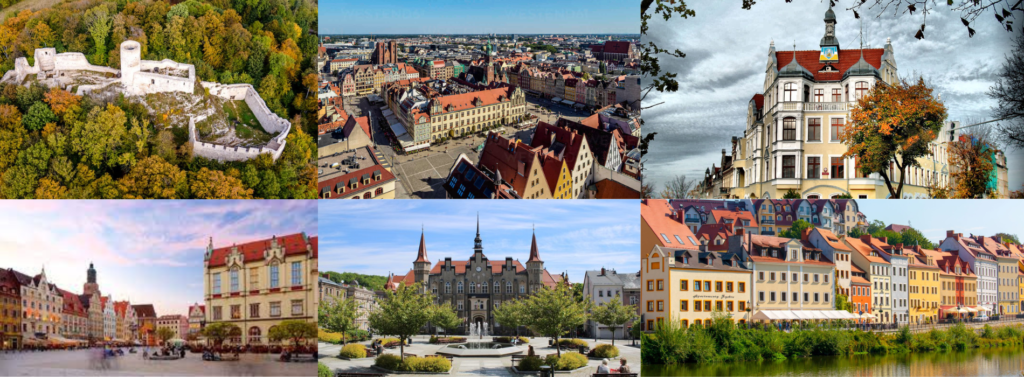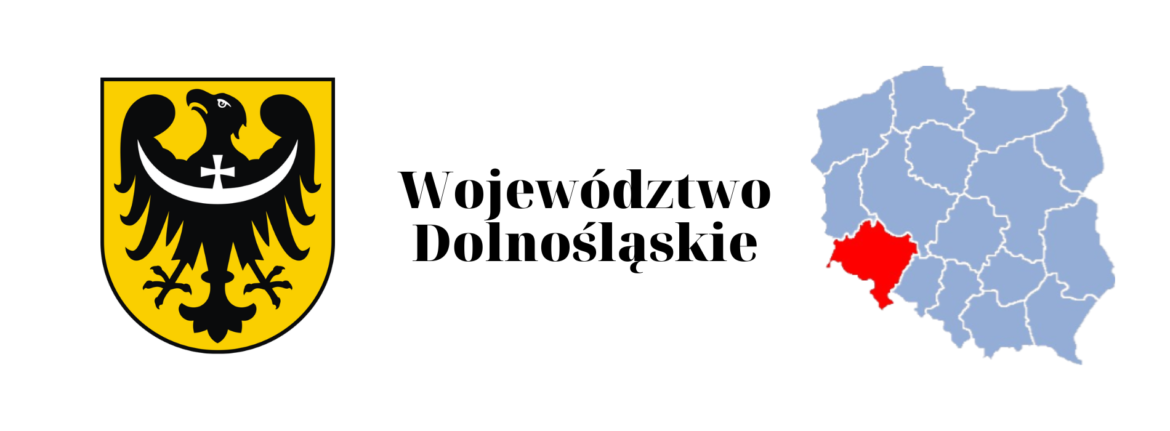The Lower Silesian Voivodeship, nestled in southwestern Poland, is a region that seamlessly blends history, culture, and natural beauty. As one of Poland’s 16 voivodeships, it has witnessed a myriad of events and influences that have intricately woven the tapestry of its identity.
Historical Overview
The history of Lower Silesia is a captivating tale that spans over 1,200 years. Over the centuries, it has been a part of numerous empires and kingdoms, including Great Moravia, the Medieval Kingdom of Poland, the Crown of Bohemia, the Habsburg monarchy of Austria, Prussia, the German Empire, and eventually, modern Poland post-1945.
The region’s early settlers were the Silesian tribes, who established their presence at the end of the first millennium after the Migration Period. As the era of Germania Slavica unfolded, Lower Silesia became a part of Great Moravia under the leadership of Svatopluk I of Moravia. Mieszko I, a significant figure in Polish history, integrated the various Silesian duchies under the Piast dynasty, leading to the formation of the Duchy of Silesia. Over time, the region underwent further divisions and saw a surge in Germanic influence during the Ostsiedlung. By the 1330s, Silesia was integrated into the Kingdom of Bohemia. Subsequent years saw its integration into the Habsburg monarchy, the Kingdom of Prussia, and the German Empire. Post World War II, in 1945, the Potsdam Conference agreements incorporated Lower Silesia into Poland.
Lower Silesia’s historical significance is further highlighted by its role as a cultural hub during the early medieval era. It is home to the Book of Henryków, which contains the earliest known sentence in the Polish language. The region has also witnessed monumental events like the Protestant Reformation, the Silesian Wars, industrialization, and the two World Wars.
Geographical Marvels
Lower Silesia is not just a historical treasure; it’s a geographical marvel. While a significant portion of the region is low-lying, it also encompasses the Sudeten Foreland and a part of the Sudetes mountain range, which runs along the Polish-Czech border. Popular ski resorts like Karpacz and Szklarska Poręba in the Karkonosze mountains are a testament to its natural beauty. Additionally, the voivodeship boasts numerous mineral springs and spa towns, making it a haven for relaxation and rejuvenation.
Wrocław: The Jewel of Lower Silesia
Wrocław, the capital and largest city of the Lower Silesian Voivodeship, is a city that brims with architectural and historical wonders. Situated on the Oder River, Wrocław is renowned for its Market Square, Ostrów Tumski, and the whimsical Wrocław’s dwarfs. The city also hosts the Festival of Good Beer every June and is home to the annual international Chopin Festival held in the Fryderyk Chopin Theatre in Duszniki-Zdrój.
Economy and Development
Lower Silesian Voivodeship is one of the wealthiest provinces in Poland, thanks to its abundant natural resources like copper, brown coal, and rock materials. The region’s GDP in 2018 was 41.1 billion €, accounting for 8.3% of Poland’s economic output. The voivodeship’s economic prowess is further highlighted by its GDP per capita, which stands as the second-highest in Poland.

Conclusion
The Lower Silesian Voivodeship is a microcosm of Poland’s rich history, vibrant culture, and breathtaking landscapes. From its historical milestones to its modern-day achievements, the region offers a unique blend of experiences that captivate the hearts of both residents and visitors.
